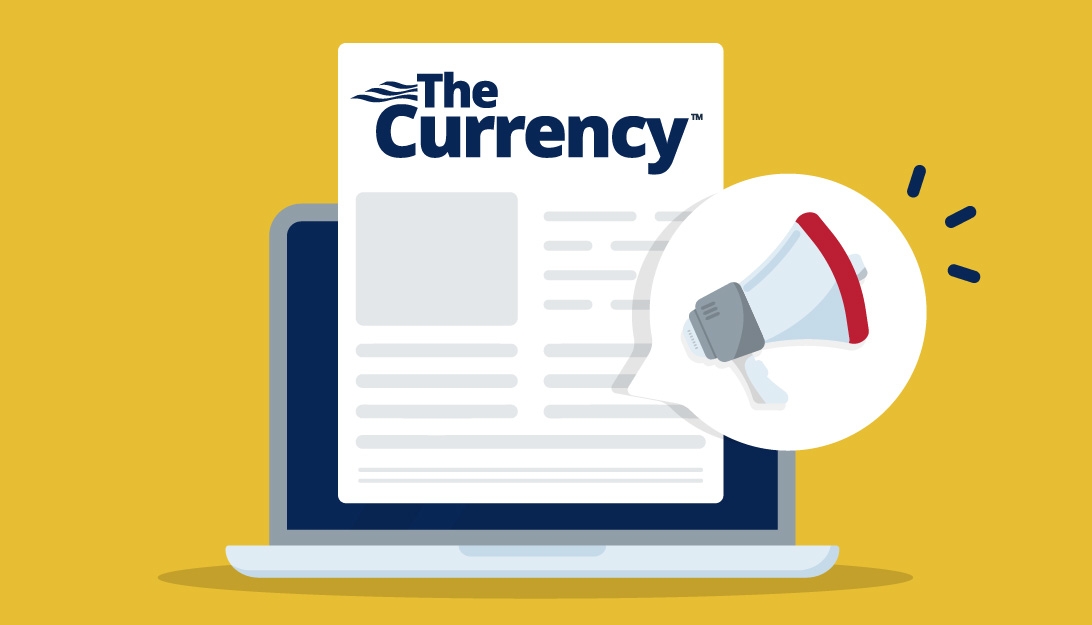The Currency
Americans’ top travel destinations and spending habits
Life
Slug
category--life
Most Americans are eager to travel in 2024. Discover how much they’re spending, their budgeting strategies, and travel preferences.
What are short-term capital gains taxes?
Money
Slug
category--money
Short-term capital gains tend to be when you owned an asset for a year or less before selling it for a profit. Short-term gains may be taxed at a higher rate than long-term ones.
🎈 Going up
Money
Slug
category--money
The S&P 500 index ballooned 10.16%, soaring to its strongest first quarter in five years. Let’s take off into this week’s money news.














